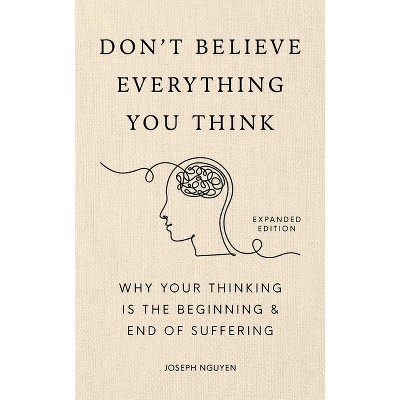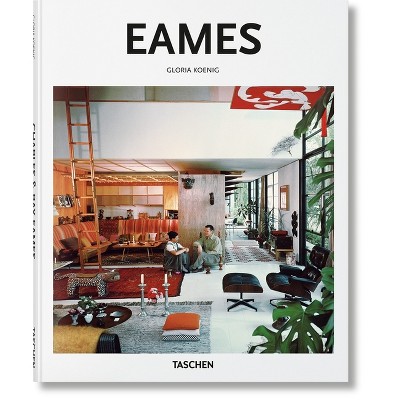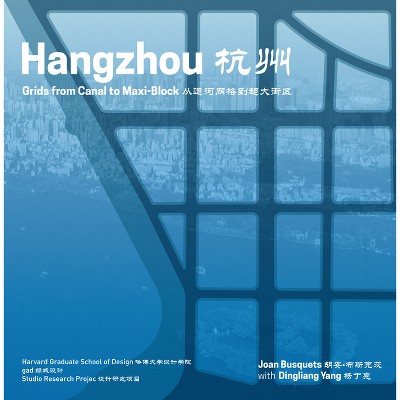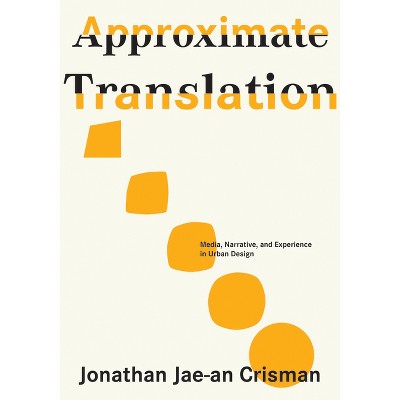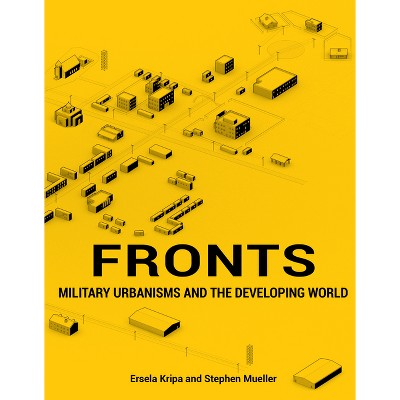Sponsored

Typological Drift - (Next Cities) by Shiqiao Li & Esther Lorenz (Paperback)
In Stock
Sponsored
About this item
Highlights
- Neither derivatives of Western cities norisolated from them, Chinese cities in the past four decades are perhaps bestcaptured in their characteristic complexity through a concept in biologicalevolution: drift.
- Author(s): Shiqiao Li & Esther Lorenz
- 336 Pages
- Architecture, Urban & Land Use Planning
- Series Name: Next Cities
Description
About the Book
This book documents the impact of the Chinese culture on the development of city types in China in the past four decades, leading to surprising urban realities that often escape normative urban theories. The book uses the concept of drift, which, together with mutation, adaptation, and migration, contributes to the rudimentary patterns of biological change; drift of phenotypes takes place when chance events randomly terminate some features and allow other features to flourish in ways that are unrelated to other patterns. The Chinese culture has exerted a set of forces that may be seen to have functioned as "unexpected events" in the normative processes of urban change. Through 13 case studies, more than 60 original maps and drawings, and extensive photographic documentation, the book reveals how three "drift triggers" - ten thousand things, figuration, and group action - have altered typological development in Chinese cities in the past four decades.Book Synopsis
Neither derivatives of Western cities nor
isolated from them, Chinese cities in the past four decades are perhaps best
captured in their characteristic complexity through a concept in biological
evolution: drift.
Unlike mutation, adaptation, and migration, drift of
phenotypes takes place when chance events terminate some features and allow
other features to flourish. The Chinese culture, structurally divergent from
the common Indo-European civilizational roots of Western cultures, can be seen
to function as a set of "chance events" in the normative processes of urban
change. The consequences of these "bottlenecks" of urban evolution are both
fascinating and instructive: Chinese cities, when studied with this framework,
begin to acquire an entirely different order of significance, injecting urban
theory and practice with fresh vigor and insights.
Through thirteen case
studies, more than 60 original maps and drawings, and extensive photographic
documentation, the book reveals how three "drift triggers" - ten thousand
things, figuration, and group action - have altered typological development in
Chinese cities in recent decades.
Shipping details
Return details
Frequently bought together
Trending Non-Fiction

